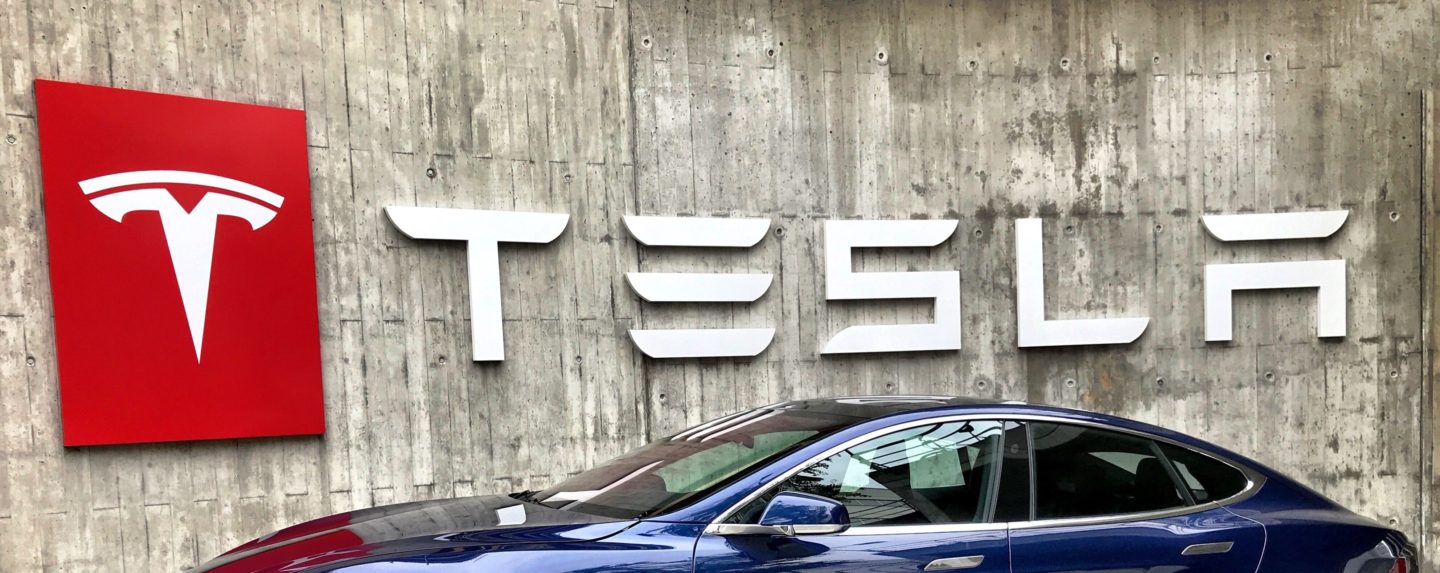America’s financial market-centered economy and Germany’s family-friendly business climate might be described in terms of their “institutional terroir”. Just as the soil and climate of Cote D’Ivoire are much more amenable to growing cacao than those of Canada, the institutional terroir of Germany is more conducive to maintaining family business dynasties than the US. German founders seek a legacy; American founders aim for an exit strategy.
So, is the era of family business dynasties coming to an end?
In previous columns I have argued that information and communication technologies (ICTs) are fundamentally altering access to the building blocks of business. How firms raise capital, recruit and manage labor, engage with suppliers, and distribute to customers are all very different now compared with a generation ago. A prospective founder today can incorporate in e-Estonia, raise capital on a crowdsourcing platform, engage labor by the task via online platforms, rent a supply chain on Alibaba.com, and distribute to customers through Fulfillment by Amazon. Enabled by ICT, the parts of a business are like Lego bricks waiting to be snapped together and scaled up (or not) on demand.
Think of the digital revolution in business as institutional climate change. The traditional business terroir is in flux, and new invasive species are rising and falling rapidly. (Remember when Facebook was valued at $1 trillion, before being replaced by TikTok? Before Zara was replaced by Shein?)
While it’s far too early to tell which species of enterprise will turn out to be built to last, this new world of ICT-based enterprise is not designed for building a family dynasty. The word “legacy” gives a clue. In the world of family business, legacy is a term of honor. In technology, according to the website Techopedia, “a legacy system…refers to outdated computer systems, programming languages or application software” that “are no longer applicable to current contexts or content.”
In an economy in which transactions are mediated by ICTs, almost every business is a software business, susceptible to being a “legacy” business. Diners in restaurants are greeted with QR codes instead of waiters; physician house calls take place over smartphones; babysitters and street performers accept payment via the “digital wallet” Venmo; household staples, medicines, and artisanal neckties arrive at the door from Amazon.
Even the auto industry is not immune to ICT-driven transformation. When Henrik Fisker took his car company that carries his name public in 2020, he had no intention of building a bunch of factories — ‑that was for “legacy” carmakers like Ford and Volkswagen. Instead, he contracted out production to Magna International, with plans for a future model produced by Foxconn. As he told Business Insider: “We don’t want to be a vertically integrated car company. We’re not going to do our own manufacturing. It would be stupid for any EV startup to make a brand-new factory.” Fisker looks more like Nike than Ford.
In a world of pop-up enterprises snapped together like a Lego house, how likely is it that the Fisker clan will become a dynasty?

Audio available






